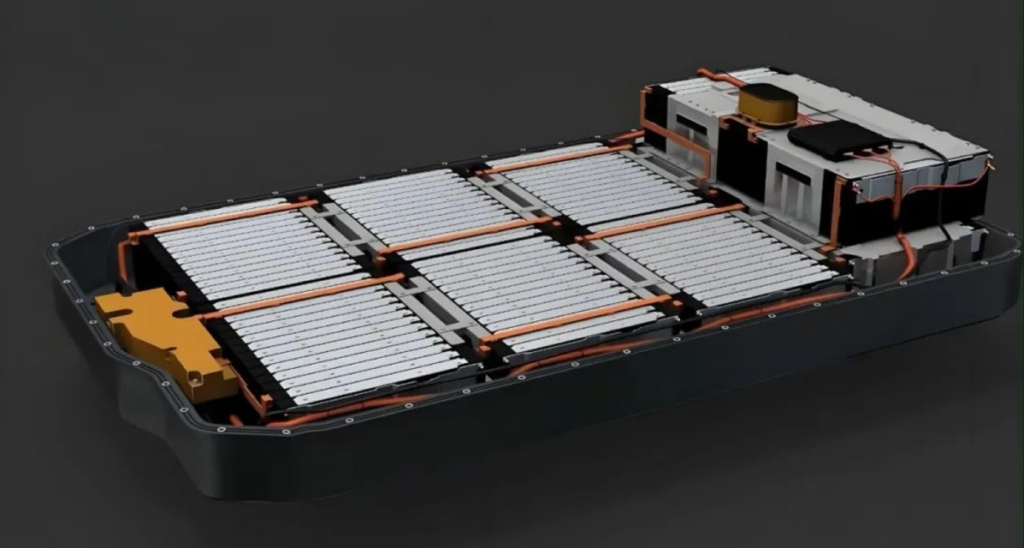Huawei’s New EV Battery Could Drive 3,000 Miles on One 5-Minute Charge
When people think of Huawei, smartphones and telecom gear usually come to mind. But now, the Chinese tech giant is stepping into an entirely different arena — electric vehicle (EV) batteries. Huawei has filed a patent for a sulfide-based solid-state battery that could dramatically reshape how EVs are powered.
Picture this: an electric car that can travel 3,000 kilometres on a single charge and fully recharge in just five minutes. While it might sound like a futuristic dream, Huawei’s recent move suggests that this could soon become reality.
At the core of this innovation is Huawei’s new battery architecture, offering energy densities between 400 and 500 Wh/kg. That’s nearly two to three times the energy found in today’s standard lithium-ion batteries. In simple terms, this means EVs could go farther, weigh less, and use up less space for their battery packs.
Solving the Safety Puzzle
But Huawei’s patent isn’t just about packing in more energy. It also tackles a persistent issue in battery science — instability at the lithium interface. Solid-state batteries have long struggled with this problem. Huawei proposes a clever fix: “doping” sulfide electrolytes with nitrogen. This helps stabilize the battery and reduces harmful chemical reactions, which could make these batteries both safer and longer-lasting.
Why Huawei?
So, why is Huawei — a company with little history in the EV battery game — diving in now?
The answer lies in the growing strategic importance of battery technology. In China, companies like Nio, Xiaomi, and others rely heavily on third-party battery suppliers such as CATL and BYD. But there’s a shift happening. These tech giants want to bring battery production in-house — and for good reason. Batteries often account for over 50% of an EV’s cost. Owning the tech means owning the future.
Huawei has also filed a second patent, focused on the synthesis of sulfide electrolytes. These materials are powerful but notoriously expensive — sometimes even pricier than gold. Huawei seems set on making solid-state tech both innovative and affordable.
China’s Race to the Top
China is already a major force in the global battery race:
- Over 7,600 solid-state battery patents filed annually by Chinese firms
- CATL aims to start pilot production by 2027
- Smaller companies like WeLion are already building solid-state cells
Huawei’s entry adds serious weight to China’s ambitions — and global rivals are watching closely.
It’s important to note that Huawei’s bold claims remain theoretical for now. Achieving a 3,000 km range and 5-minute charging will require advanced infrastructure and further breakthroughs. Solid electrolytes still face issues like lower conductivity, high resistance, and sky-high costs (around $1,100–$1,400 per kWh).
But progress in battery tech is moving faster than anyone expected. Just a few years ago, this would’ve sounded impossible. What do you think about this recent considerable jump in range capacity of any electricle vehicle. Tell us in the comments section.



